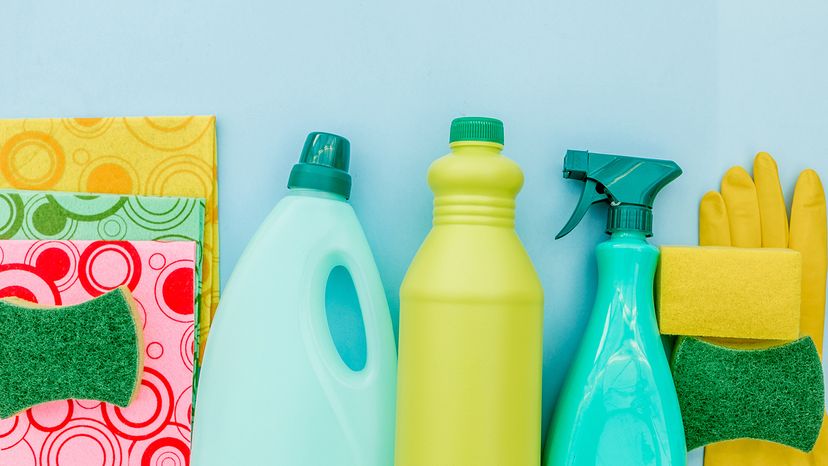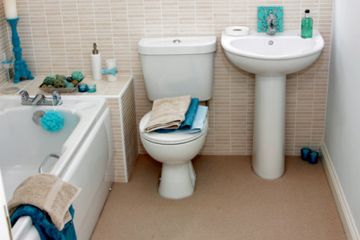You can use oxygen bleach solution anywhere you would normally use chlorine bleach.
Stain Remover
Oxygen bleach can help remove stubborn stains that won't come out with regular washing. Apply liquid oxygen bleach to the stained area and let it sit for at least 20 minutes or up to one hour for tougher stains.
If you have oxygen bleach powder, make a paste with the powder and warm water before applying it to stains.
Laundry Booster
Oxygen bleach can help brighten your laundry. Add oxygen bleach to your the normal wash cycle with your regular laundry detergent according to the product directions; different oxygen bleach products have different concentrations of active ingredients.
Use more oxygen bleach for larger and more soiled loads.
Household Cleaner
The hydrogen peroxide in oxygen bleach works to disinfect surfaces just like chlorine bleach. Make a paste with oxygen bleach powder and hot water or apply liquid bleach directly to surfaces that need to be brightened or disinfected.
To clean grout in the bathroom, apply oxygen bleach to a toothbrush and let it sit in the grout for at least 20 minutes before rinsing clean.



